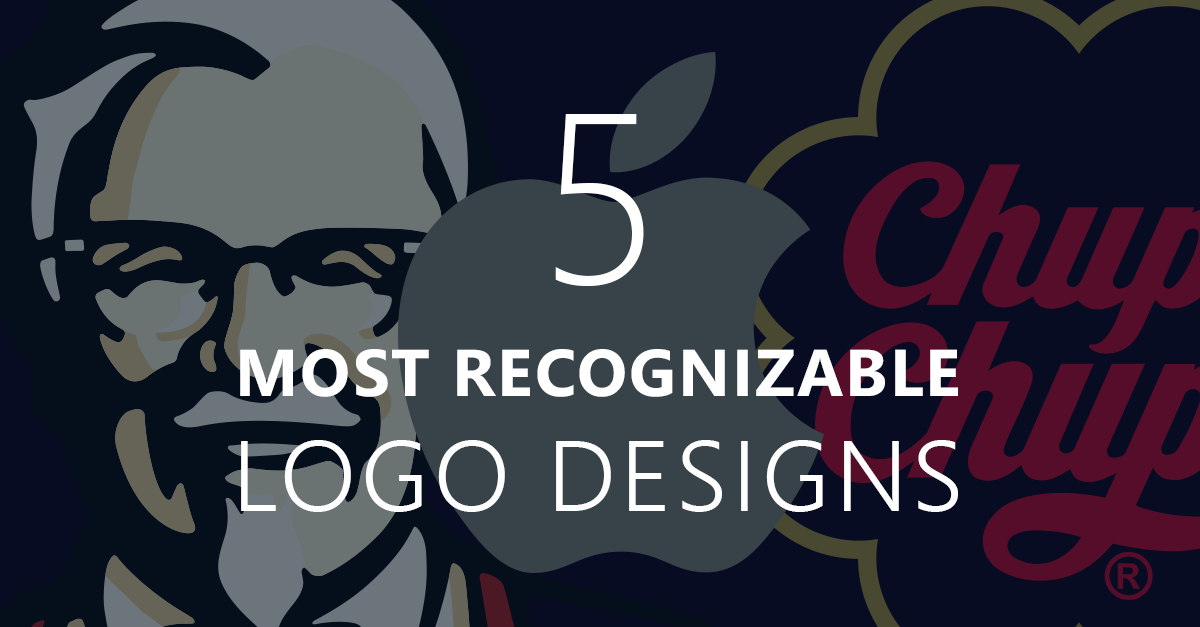 One great billboard, in the right location, can be a huge success. But, a poorly designed one, in that same great location, can cost a business thousands of dollars. We’ve compiled this set of guidelines to ensure your next billboard or billboard design project is a successful one.
One great billboard, in the right location, can be a huge success. But, a poorly designed one, in that same great location, can cost a business thousands of dollars. We’ve compiled this set of guidelines to ensure your next billboard or billboard design project is a successful one.
If you’ve never designed one before, you may be thinking, a billboard can’t be that different from, say, a magazine ad, right? Wrong. While some fundamentals of design do apply – logo/branding, call to action, visual interest – there are some important considerations:
So many billboards, so little time!
Unlike a magazine ad, where your reader can just stop turning the page and take a closer look, that same customer, when driving on the freeway, can’t just slam on the brakes or throw the car into reverse to get a better look. On average, you’ve got between 3 and 7 seconds to get your message across and make it memorable.
As a general rule, try to stick to 10 words or less, total, for the entire billboard. At the bare minimum, your billboard should include your logo, some type of contact information (like a phone number, website, or physical address), and some type of directional information if you’re hoping to attract customers to a storefront. Using the few words you have left, include a short, but meaningful, differentiator. Why is your business, product, service, or store better than the competition?
Readability is key!
Regular readers of this blog will already be familiar with our tips for using fonts the right way. If you aren’t familiar already, type “fonts†into this blog’s search bar and check out several articles for using type effectively. The rules for font usage are even more important for billboards. Not only must you keep copy to a minimum, it must be legible.
Thick, bold font choices are typically a better choice than thin or fancy fonts. Script fonts, while they may convey the sense of style you’re aiming for, are a particularly bad choice for billboards, as they simply take longer to read. You should avoid these, and other unusual or difficult to read fonts, whenever possible.
Create Visual Interest with Color & Graphics!
They say a picture speaks a thousand words. Well, with such little time for your viewers to read a bunch of text, your imagery choices can be the next best way to communicate with passersby. Choose an image that relevant, interesting, and memorable.
While there aren’t many strict rules to follow when choosing your color scheme, certain colors do cause different subconscious and psychological reactions in viewers. Take a look at this blog post, __________________, for colors and the feelings associated with them. Additionally, keep in mind that your billboard will be seen both in broad daylight and in the dark of night. Try to pick colors that will work well in any lighting environment.
Finally, Proofread, proofread, proofread!
Do you have any other great tips for effective billboard design? Tell us about them in the comments!


![Top Apps For Designers On the Go [INFOGRAPHICS]](https://www.designcontest.com/blog/wp-content/themes/dcblog/img/fallback.png)